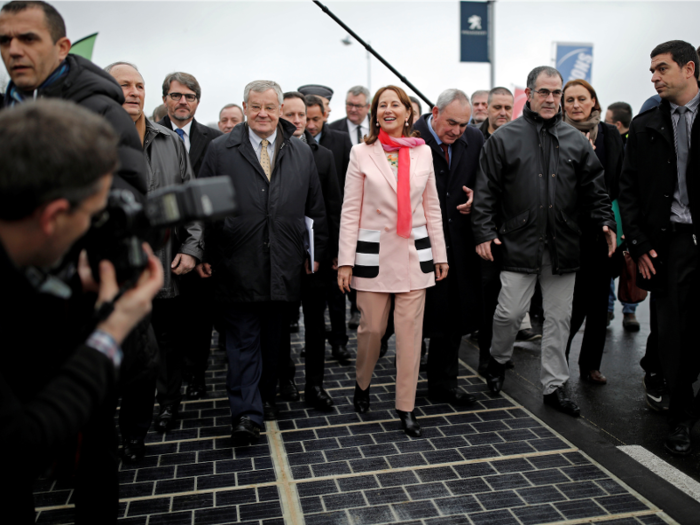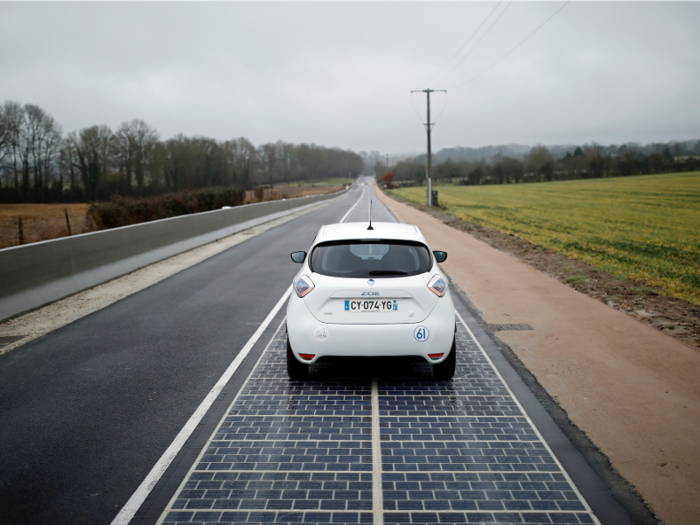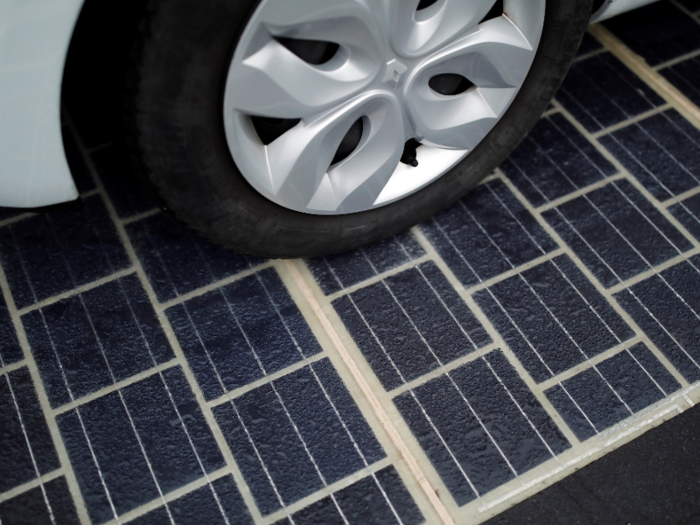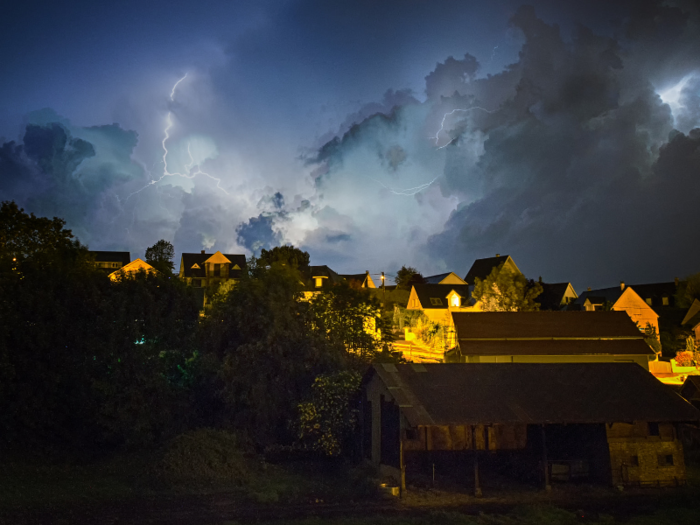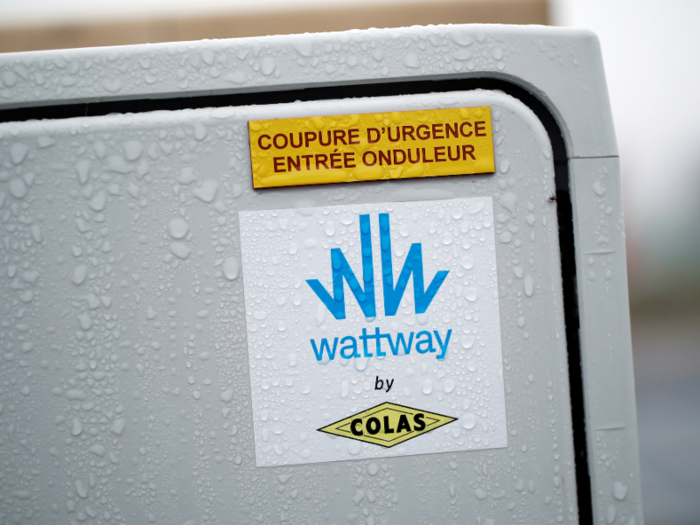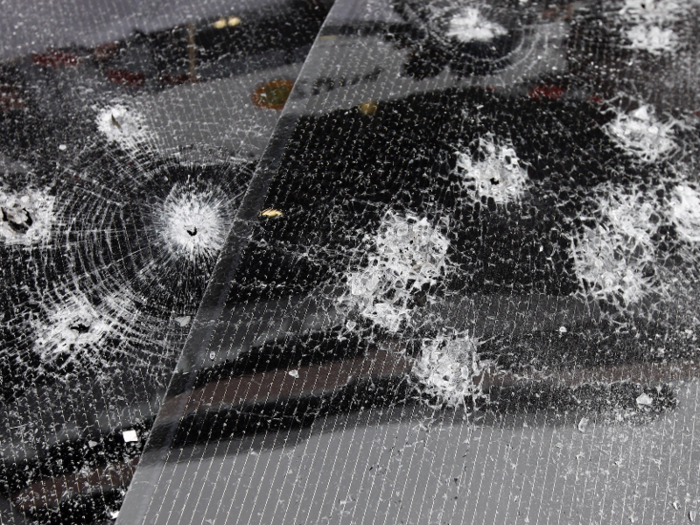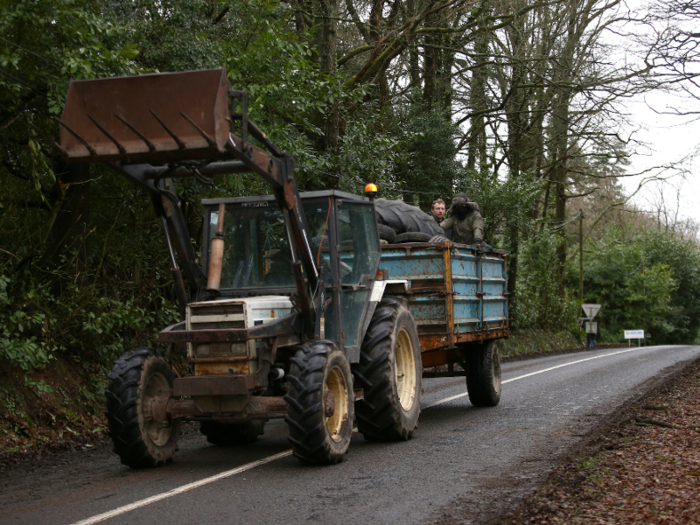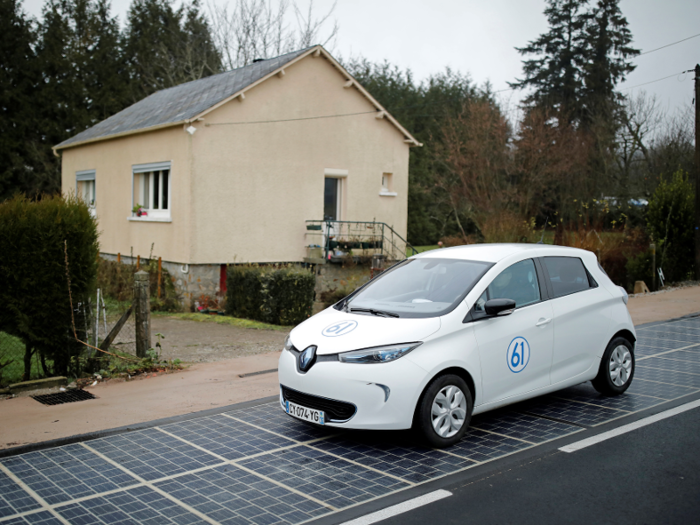It was a bold move beginning a solar panel trial in Normandy, France, since the region doesn't have the most sunshine. Caen, a city in Normandy, only has 44 days of strong sunshine in a year. Thunderstorms also reportedly broke solar panels on the road.
The trial road was meant to produce about 150,000 kWh a year, which is enough power to provide light for up to 5,000 people, every day. Instead, it was making just under 80,000 in 2018, and fewer than 40,000 by July 2019.
Colas, the company that built the road, said in 2016 that the solar panels were covered with resin containing sheets of silicon to make them capable of withstanding all traffic. But since the opening, panels have come loose or broken into little pieces.
The engineers also didn't take into account the effects of leaves, which caused damage and limited the amount of electricity the panels could produce. They also didn't think about the pressure and weight from tractors, two locals told Le Monde.
And now the trial looks like it's all over. Wattway's managing director Etienne Gaudin told Le Monde that it would not be going to market. "Our system is not mature on long distance traffic," he said. The company would focus on creating electricity for smaller things, like CCTV cameras and lighting bus shelters.

